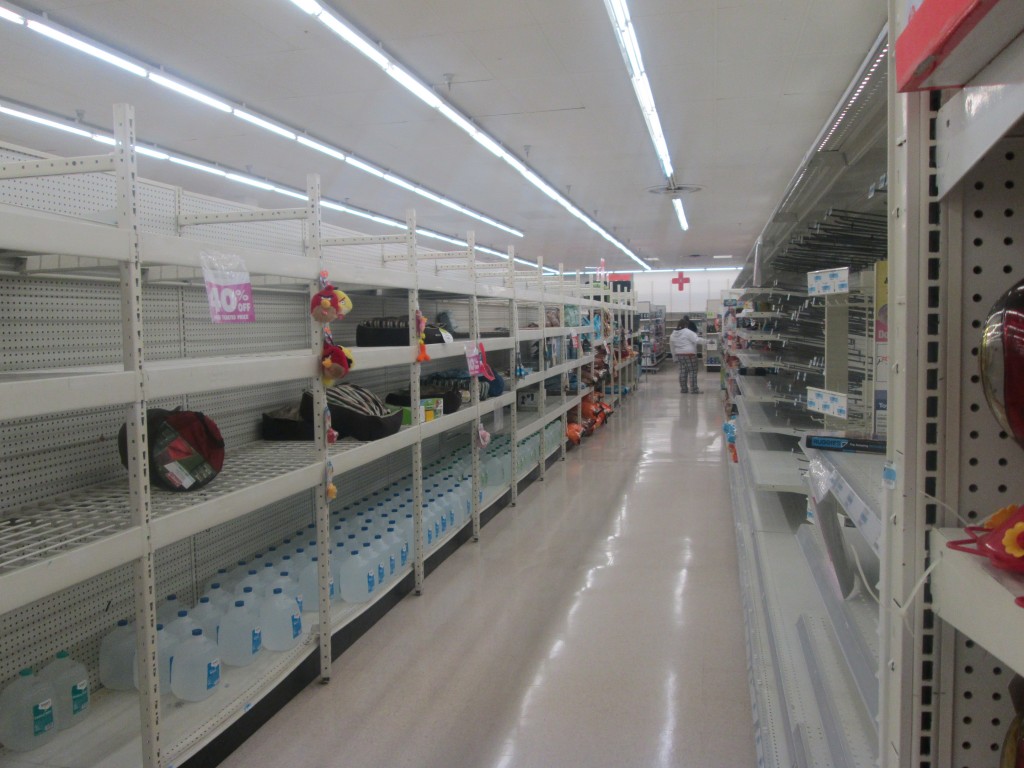If you are among the many Americans who have embraced the ease of online shopping, you may be unintentionally adding to the decline of brick-and-mortar retail stores across the nation’s malls and shopping centers. Many department stores have announced the closing of numerous storefront locations, leaving alarming implications for the shopping malls that previously held their stores.
Macy’s announced in August 2016 that it would be shutting the doors of 100 of their 730 locations in hopes of increasing revenue by focusing on their higher-performing stores. According to the Wall Street Journal, this has already had a profound effect on Fort Steuben Mall in Ohio, which foreclosed in May 2016 and is fighting to keep afloat in the midst of both Macy’s and Sears shutting down business in early 2017. Other department store giants such as JCPenney and Kmart also have revealed plans to shut down retail sites. Sears Holdings informed their employees on Jan. 4 of their intention to cease operations of 150 combined Sears and Kmart locations. This follows a rough quarter for the company, whose revenue dropped 13 percent from this time last year according to Business Insider. These mass closures of retail stores across the nation have left thousands without jobs, as Macy’s recently let go over 10,000 employees, leaving many malls to cope with the loss of their largest stores.
The greater Philadelphia area is not immune to this shift away from physical storefronts, with many department stores shutting down this year after a poor holiday sales season. Macy’s stated their sales for the months of November and December were down 2.1 percent compared to last year, so it comes as no surprise that four locations in our area will be closed down this year, including Macy’s stores in Voorhees and Moorestown, New Jersey, along with two more emptying their shelves in Bensalem and Plymouth Meeting, Pennsylvania. This will displace 347 employees, according to 6ABC. Similarly, of the 107 Kmart stores that are to be shut down, six are in our state, including a Lancaster location, which will be vacant by April. If this trend of poor sales continues, we may see more closures of large and small businesses shutting down closer to home.
If these closures have not already had enough impact, many smaller locations left within these malls are struggling to bring in customers that were once attracted by large department stores. For example, mall-based retailer The Limited declared they would close all 250 stores the weekend of Jan. 8, stating on their website, “This isn’t goodbye. The styles you love are still available online–We’re just a quick click away 24 hours a day.” With the lack of larger stores to draw in the masses and the ever-growing allure of online shopping, the move from physical to virtual storefronts has seen the steady decline in the popularity of shopping malls and the retail stores within. By selling products over the Internet, companies are able to avoid much of the overhead costs included in running a large storefront. Despite the ever-increasing generation of exclusive online shoppers, a Macy’s spokesperson says, “We continue to experience declining traffic in our stores where the majority of our business is still transacted.” Perhaps the issue is not with a lack of shoppers, but an outdated sales platform that does not cater toward the tech-savvy generation that generally shops with a specific item in mind and is willing to hunt for bargains. With this mindset, many shoppers find traditional department stores unsuitable for their shopping needs, preferring the near endless options of websites such as Amazon.
The fate of many of America’s malls may seem uncertain; however, it is clear the retail landscape is changing, and traditional department stores must innovate in order to keep up with their virtual competition. Many that grew up going to shopping malls and buying their clothing at department stores may feel a sense of bitter nostalgia at the sight of all of these closings, yet another generation may see it as an inevitable and insignificant loss compared to the shopping options online. Will the ease of ordering a pair of shoes without getting on your feet outweigh the ability to compare and try on each pair? Are our malls going to the wayside as we await our packages to arrive? One thing is for certain: America’s retail climate is changing, for better or for worse.
Sources: 6ABC, Business Insider, clark.com, Philadelphia Magazine, The Wall Street Journal

